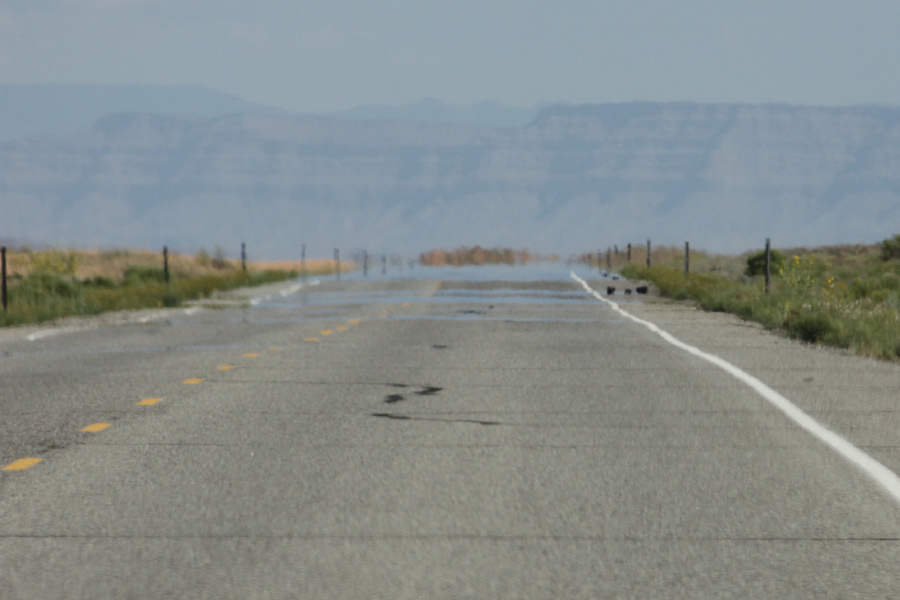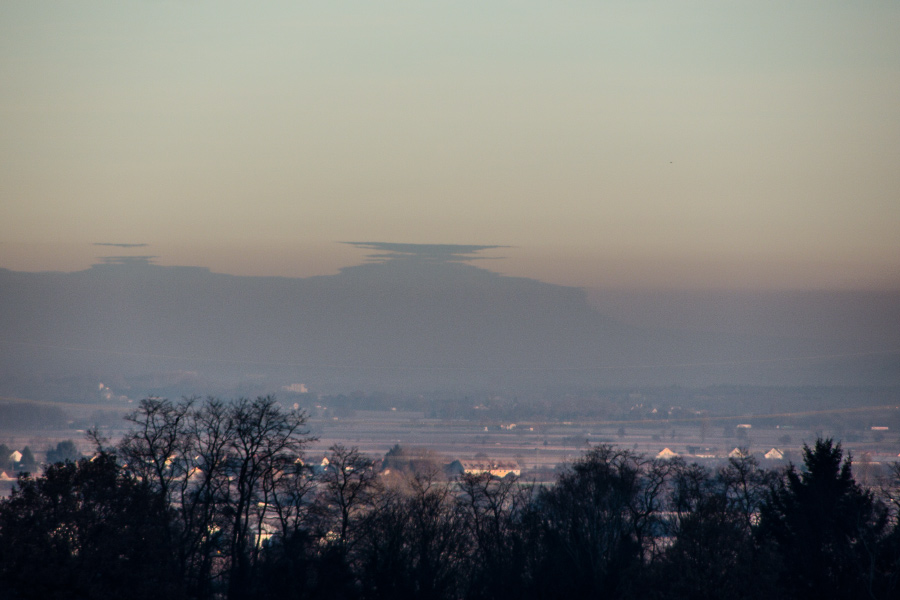Lower Atmospheric Mirage
When it comes to mirages, many people probably think of the desert first. But this phenomenon can often be observed right outside your door. Which driver hasn't noticed the "puddles" that form on hot summer days in the distance in the middle of the road. This is nothing other than the famous "oasis in the desert" and is based on the principle of the mirage: a beam of light is bent when passing through air layers of different densities. In the case of the "wet road," the lowest air layer is strongly heated by the hot asphalt of the dark road, so that the sky is reflected in it - in other words, a downward mirage.
Superior Mirage
It is different with the Fata Morgana, the mirage upwards. In this case, the warmer (thus denser) layer of air lies above the cold one; such as over water or ice surfaces or in inversion weather conditions. To observe a Fata Morgana, you need an open horizon (a plain or the summit of a mountain) as well as binoculars. For a Fata Morgana is not as huge and conspicuous as often assumed. Rather, it is often only recognizable through magnification. For photography, you should also use a good telephoto lens with at least a 500 mm focal length.


